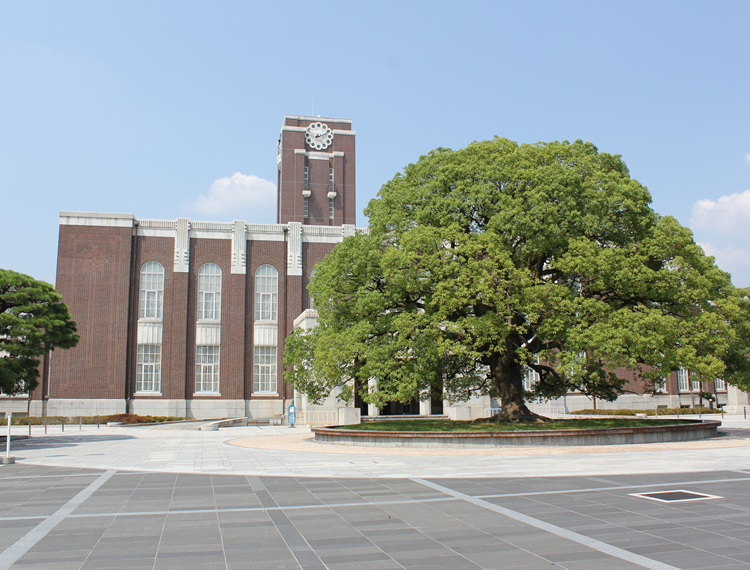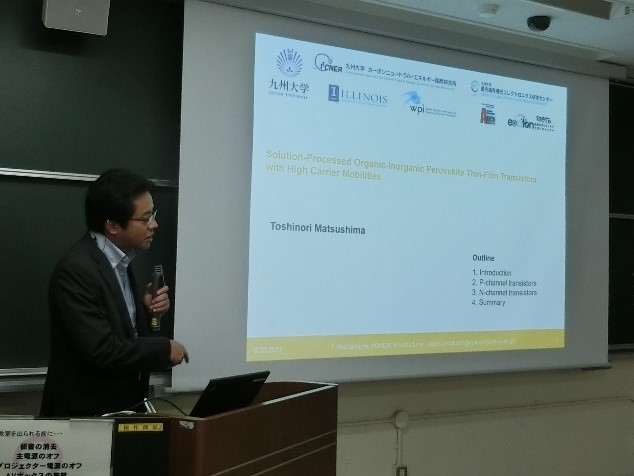The IUMRS-ICAM2017 (International Conference on Advanced Materials 2017) is being held from August 27 (Sun) through Sept. 1 (Fri) at Kyoto University in old city Kyoto of Japan. The conference started on Sunday with an reception party at an traditional monument Clock Tower of Kyoto University. The IUMRS-ICAM is one the of most prestigious conferences of International Union of Materials Research Societies (IUMRS), covering advanced materials in general. All the MRS-Japan members have been eager to host this conference since ICAM2003 held at Yokoyama in Japan. Now, they are really excited to have realized this ICAM2017 at World Heritage Kyoto.
As the first attempt of MRS-Japan, we are trying to report web-based daily news, “Meeting Scene.” The news articles are to be written by extremely busy symposium organizers, but they are diligently trying to deliver vivid scenes on the spot of ICAM2017..
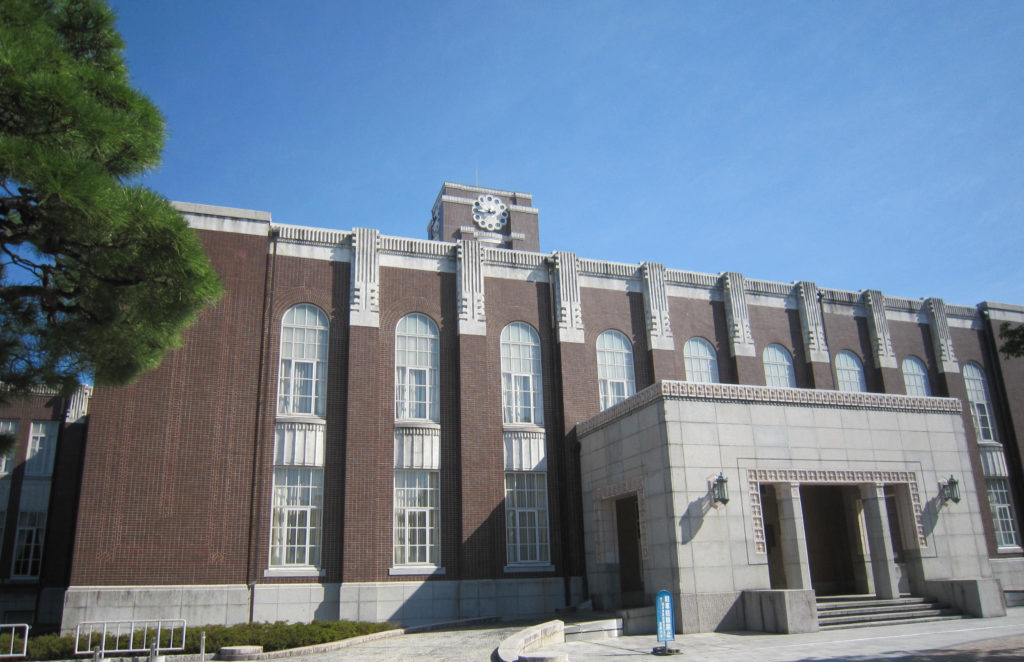
The conference started on Sunday under perfectly blue sky and the scorching sun. It is dry and extremely hot in Kyoto, because of the basin climate. The conference preparation required tremendous efforts for a long time. In spite of the fine weather, young students and their professor, Prof. N. Matsushita hid themselves in the preparation room and devoted themselves to run along the homestretch of the preparation race. This young troop .commanded will play an active role throughout the conference.
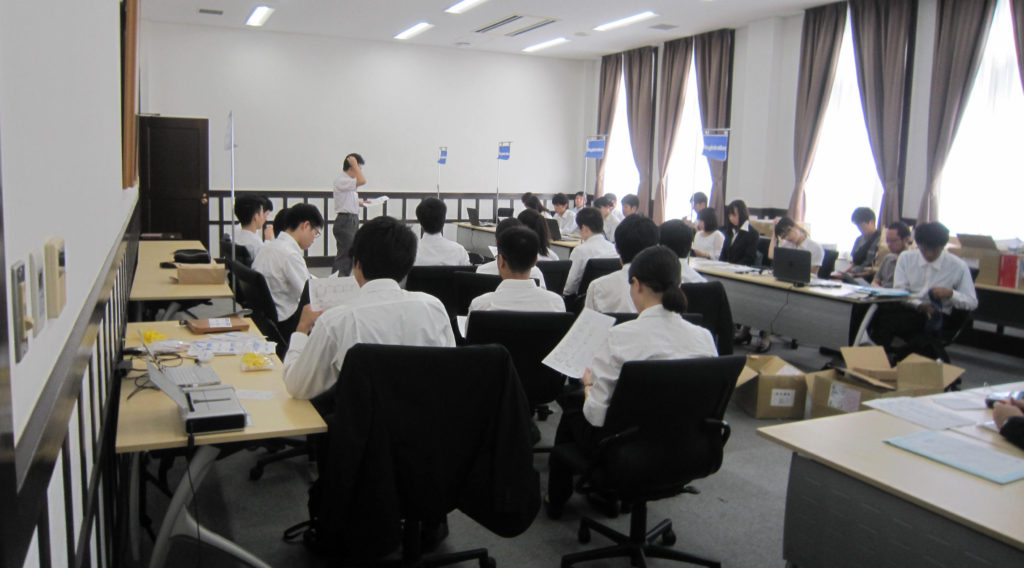

Among the tedious routine jobs of preparation, Prof. Aoki tried to pursue an artistic originality in memorial gifts. The details are still in secret.
The pre-registration of the papers are around 1,900 and it is expected to somewhat more. .If you have not registered yet, please come to the conference registration desk which is
located on 2nd floor of Clock Tower.
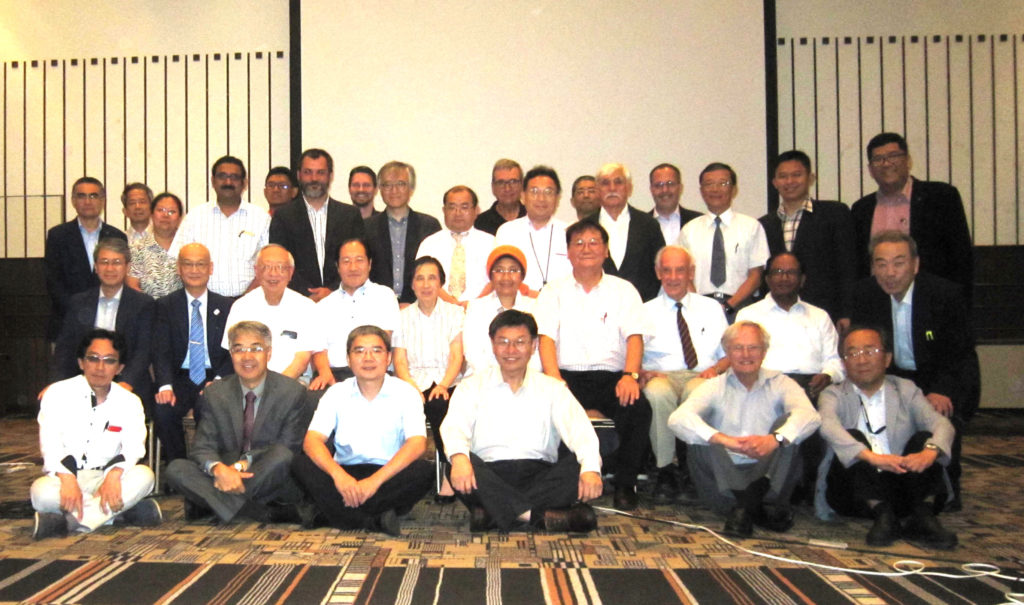
Before opening the registration desk, representatives from adhering bodies of IUMRS gathered and discussed their MRS activities and their future plans. Since the most of members are familiar with each other, the discussion continued in a comfortable and constructive environment. The details will be reported elsewhere.
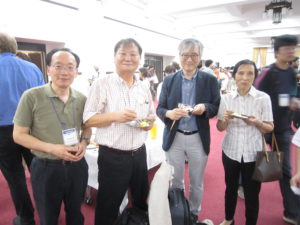
The reception party started around 17:00, The reception hall was immediately filled up with young and veteran people. The number of the participants was more than 300 people. After the toast, the attendants already started exchange of research information and made sure of the everlasting friendship. The party organizers were impressed at the people’s appetite. and somewhat upset to see the empty dishes. The active discussion in the constructive mood was enough for the organizers to believe in the success of the conference.

